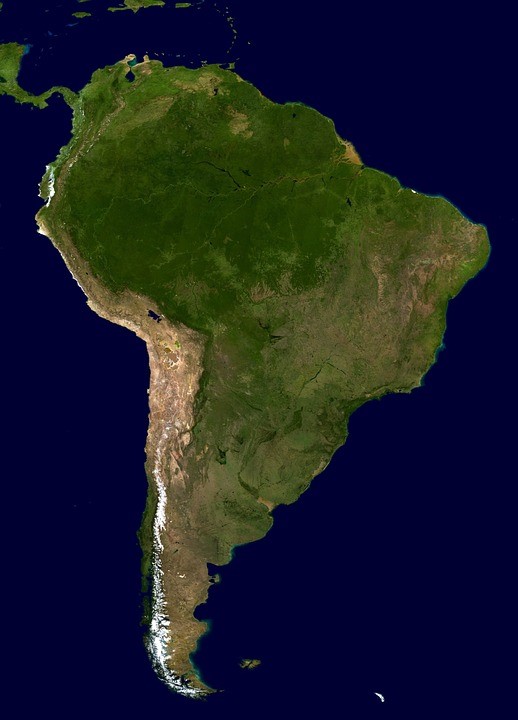The United States faces an increasingly profound threat in its own hemisphere. Russia is significantly engaged in military activities aimed at the U.S., and is preparing for even more worrisome moves.
In testimony to Congress, Admiral Craig S. Faller, the Commander of the United States Southern Command stated that “Russia doubled its naval deployments in this region, going from five (2008-2014), to 11 (2015-2020). Russia is trying to make inroads in the hemisphere by providing security training and has conducted $2.3 billion in weapons and military equipment sales in the last 10 years. At the same time, Moscow is working to discredit the U.S. by flooding the region’s information space with disinformation, to include hundreds of articles distorting U.S. security actions. In 2020, Russian Spanish-language media outlets more than doubled their social media followers from 7 million to over 18 million.”
The Russian news source RT, which generally speaks directly for the Kremlin, recently proclaimed that Moscow is considering a “drastic response” to Washington’s concern about recent Russian aggression in Europe, stating “…as Russia and China assert their opposition to the US-led world order, American dominance in the [Latin American/Caribbean] region is beginning to look a little shaky… In the past few weeks, President Vladimir Putin has held telephone conversations with the leaders of Cuba, Venezuela, and Nicaragua, all countries with whom Washington has very poor relations. According to Foreign Minister Sergey Lavrov, agreement was reached with all three “to deepen our strategic partnership, with no exceptions, including military and military-technical…”
A much-discussed extreme option would involve going back to 1962 and placing missiles in Cuba or Venezuela. Given that Russia now has missiles with hypersonic capabilities, this would give it the capacity to strike the US in a matter of minutes, rendering any defense impossible.
In a recent phone call, Russian President Vladimir Putin and Cuban President Miguel Díaz-Canel, the Kremlin discussed a “strategic partnership.” Similar to what Nikita Khrushchev and Fidel Castro engaged in the 1960’s, leading to the Cuban Missile Crisis. A similar relationship has developed between Moscow and Venezuela. The Center for Strategic Studies reports that “Since 1999, Venezuela has borrowed billions of dollars from Russia to finance the buildup of its military arsenal. Though not a comprehensive list, Venezuela has purchased S-300 anti-aircraft missiles, Igla-S man-portable air defense systems (MANPADS), and multiuse aircraft, helicopters, and T-72 tanks.”
Putin is clearly envisioning even further military relations, as Caracas and Moscow agree to allow each other’s Navy to visit eacvh other’s ports.
Research by the U.S. Army War College notes that “Russia has reactivated and built upon relationships with Soviet-era client states of Nicaragua and Cuba, as well as leveraging countries which purchased Russian military goods during the Cold War and which have maintained some ties with the Russian armed forces. These countries include Peru, as mentioned previously, and to a lesser extent, Brazil and Mexico. With respect to arms sales and associated maintenance and training support, between 2001 and 2013, Russia sold Latin America $14.5 billion in arms, representing approximately 40 percent of the $35.5 billion in arms purchased by the region from external sources during the period.”
The Global Americans research group found that In 2008, and 2013, Russia deployed Tu-160 nuclear-capable bombers to Venezuela. “Russia’s military and political interactions in the region during the Cold War allowed the country to build relationships in the region, as well as specialized knowledge to support its current re-engagement. This includes some older Latin American military officers and political leaders who trained in Russia or were educated in Russian institutions such as Patrice Lumumba University..Russian military industry, and its associated support organizations Rosboronexport and Rostec create the basis for engagement through arms sales and support services with both anti-U.S. regimes and those with legacy equipment or mid-capability products.”
Illustration: Pixabay
